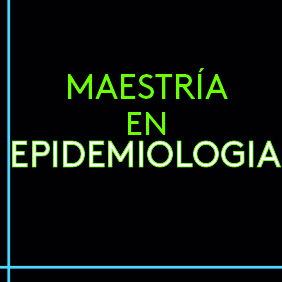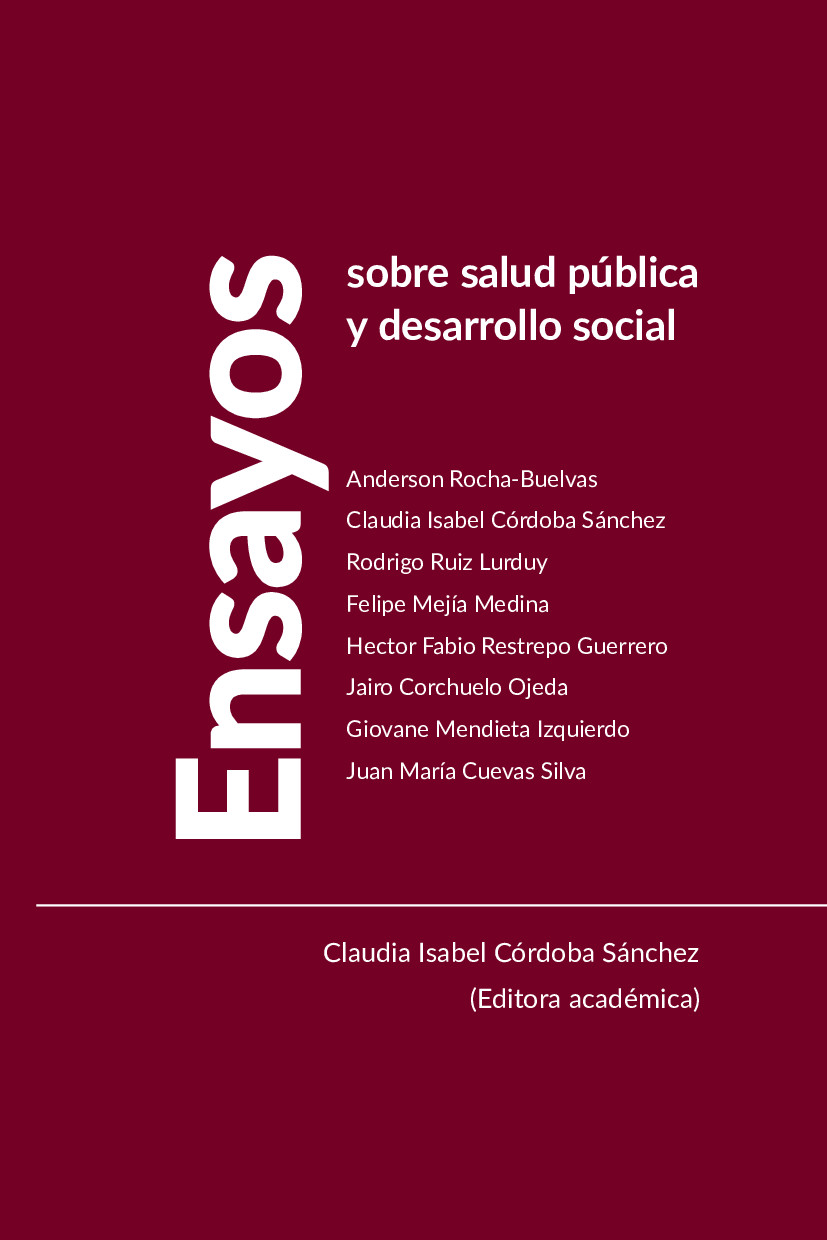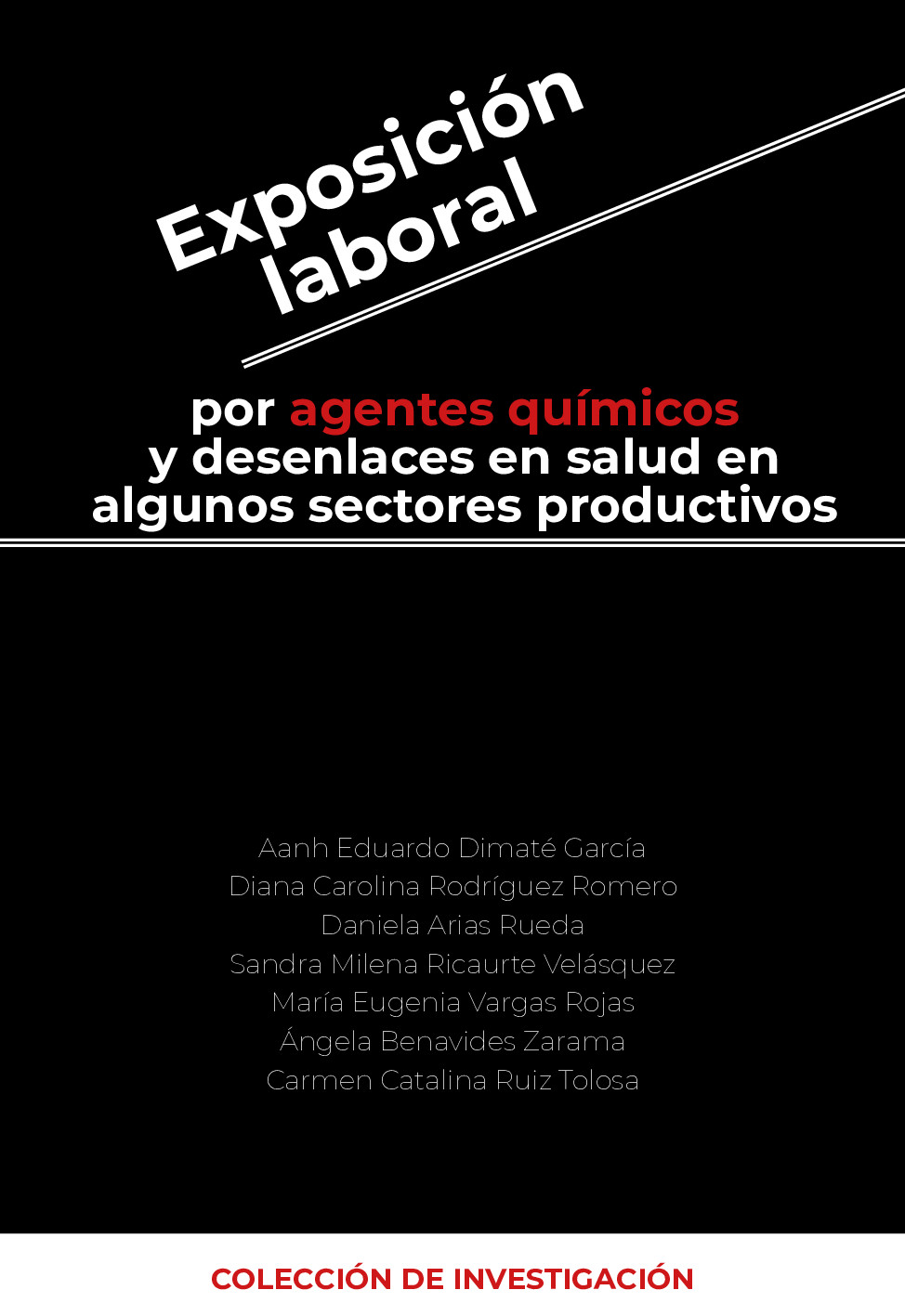Abstract
Con el propósito de determinar los hábitos alimentarios y pautas culturales de consumo, en los hogares de 530 niños y niñas de 6 a 10 años, pertenecientes a instituciones educativas públicas y privadas de la zona urbana del municipio de Pereira8, se observó en 126 hogares su composición familiar, la frecuencia de consumo de alimentos y la distribución, preparación y adquisición de los mismos; asociado con el estado nutricional y de ingesta de macro y micromutrientes registrado por los escolares. El estudio revela que la mayoría de los hogares encuestados está integrado en promedio por 4 personas; el 32% de los cuales tiene por lo menos un miembro con edad superior a 57 años, una madre gestante, una madre lactante y/o un niño o niña menor a 5 años. El grupo de alimentos de menor consumo es el de verduras, solamente el 35% de los hogares reporta ingesta de este tipo de alimento; el mayor consumo lo registra el grupo de leches y derivados. La distribución de alimentos proteicos se hace de manera equitativa para padre, madre e hijos, excepto en la repartición de leche, en la cual los hijos tienen prioridad. En el 77% de los hogares quien prepara los alimentos es la mamá y en el 70% de los mismostoda comida principal (desayuno, almuerzo y cena) se prepara en casa. Cerca del 50% de los hogares tiene ingresos mensuales inferiores a $2.000.000 de pesos; la mayoría de los hogares adquiere sus alimentos cada quince días, con una inversión promedio de $9.384 pesos diarios, para satisfacer las tres comidas principales de sus miembros.
Abstract
With the purpose of determining the food habits and cultural rules of consumption in the households of 530 children and girls from 6 to 10 years old belonging to public and private educational institutions the urban zone of the municipality of Pereira8. The family composition was analyzed in 126 households, as also was the frequency of food consumption and the distribution, preparation and acquisition of the same ones. All of this linked to the nutritional state and of ingestion of mnacro and micro-nutrients registered by the students. The study shows that the majority of the surveyed households are composed on average by 4 persons; 32 % of which have at least a member with an age higher than 57 years, a pregnant mother, a nursing mother and/or a boy or girl younger than 5 years old. Vegetables are the lowest group of food consumed, only 35 % of the households report the consumption of this type of food; the highest consumed group of food are milk and its derivatives. The distribution of protein food is evenly done for father, mother and children, except in the distribution of milk, in which the children have priority. In 77 % of households, the one who prepares the food is the mom and in 70 % of them, the main meals (breakfast, lunch and dinner) are prepared at home. About 50 % of households have a monthly income lower than $2.000.000 Colombian pesos; the majority of households purchase their food every fifteen days, with an average investment of $9.384 Colombian pesos daily, to satisfy three main meals of
Key words: Food habits, habits of consumption, culture of aliments,consumption pattern, food exchange. their members
Licence
Authors should declare no conflicts of interest either for reasons of financing the project which is the result of the article; as well as intellectuals, academics, moral and investigative reasons.
The Journal of Andean Research is home to the ethical rules for publications issued by the COPE: http://publicationethics.org/resources/code-conduct

 PDF (Español (España))
PDF (Español (España))
 FLIP
FLIP

















